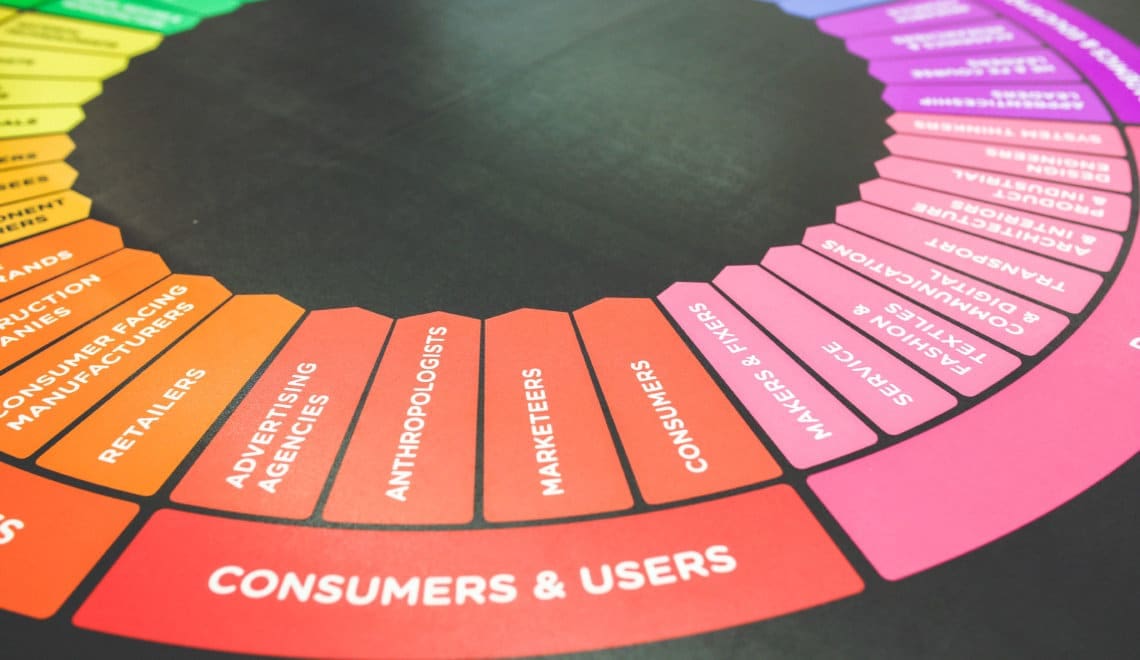PR may be becoming more like marketing, but that shouldn’t change our strategy

There’s been a lot of talk lately about the merging of public relations and marketing.* Even here at Hodges, some of our most successful work over the past few years has been for those clients who’ve charged us with identifying leads and supporting sales (ya know, kind of like marketing).
Which shouldn’t be a surprise. Consumers are more jaded than ever with traditional marketing strategies, instead drawn to compelling stories and content designed to entertain and inform, rather than explicitly sell.
PR pros also are relishing the fact that we finally have clear, quantifiable data that can illustrate our successes, thanks to sophisticated (and free) analytics dashboards on sites like Facebook and Google. As we’ve started tipping our toes more into the marketing waters, it’s becoming more common to hear colleagues and industry publications alike bring up things like “cost-per-acquisition” or “buyer’s journey.” Necessary and useful insights that help determine ROI and legitimize our work, for sure, but as a profession, we shouldn’t let the “marketization” of public relations take us away from our industry’s core strength of building and managing mutually beneficial relationships.
***
Harvard Business Review recently published an insightful article, “What Most Companies Miss About Customer Lifetime Value,” from Michael Schrage, a research fellow at MIT Sloan School’s Center for Digital Business. Schrage contends that managers and marketers should be wary of focusing too much on calculating their customers’ lifetime value (CLV), a metric that aims to predict the total profit a customer will generate over their entire relationship with a brand. It’s believed that identifying the CLV helps companies determine the necessary budget and ROI for acquiring and retaining customers.
Data-focused marketers may love this idea, but Schrage argues companies should instead ask themselves when customers become “value-creating partners,” and in turn, invest in the appropriate resources that furthers customers to that goal. As to when customers begin adding value, some of his examples include sharing good ideas and feedback, evangelizing about the brand on social media, promoting company content and data – (ya know, kind of like public relations).
Many marketing campaigns and corporate announcements have done more harm than good because they came off as self-serving and/or tone deaf, lacking any insight or understanding of their audiences’ needs and sensitivities.
Not to solely place all the blame at marketing metrics’ feet, but focusing too much on numbers and analytics dulls our attention to intangibles like attitudes and public sentiment, which PR always has positioned itself as the best suited to understand and manage.
I do hold an ecumenical view, of sorts, when it comes to communications – believing marketing, branding, PR and advertising all have unique strengths and should work together to further an organization’s overarching goals. And as a rare introvert/numbers-oriented PR professional, I’m as excited as anyone else for the intersection of big data and public relations, so long as we all remember that numbers and analytics are just one piece to the puzzle.
Author’s note: There are several views regarding the relationship between marketing and public relations. Some view PR as a subset of marketing, while others see them as two separate disciplines. The premise of this post is based in the latter.
Leave a Reply